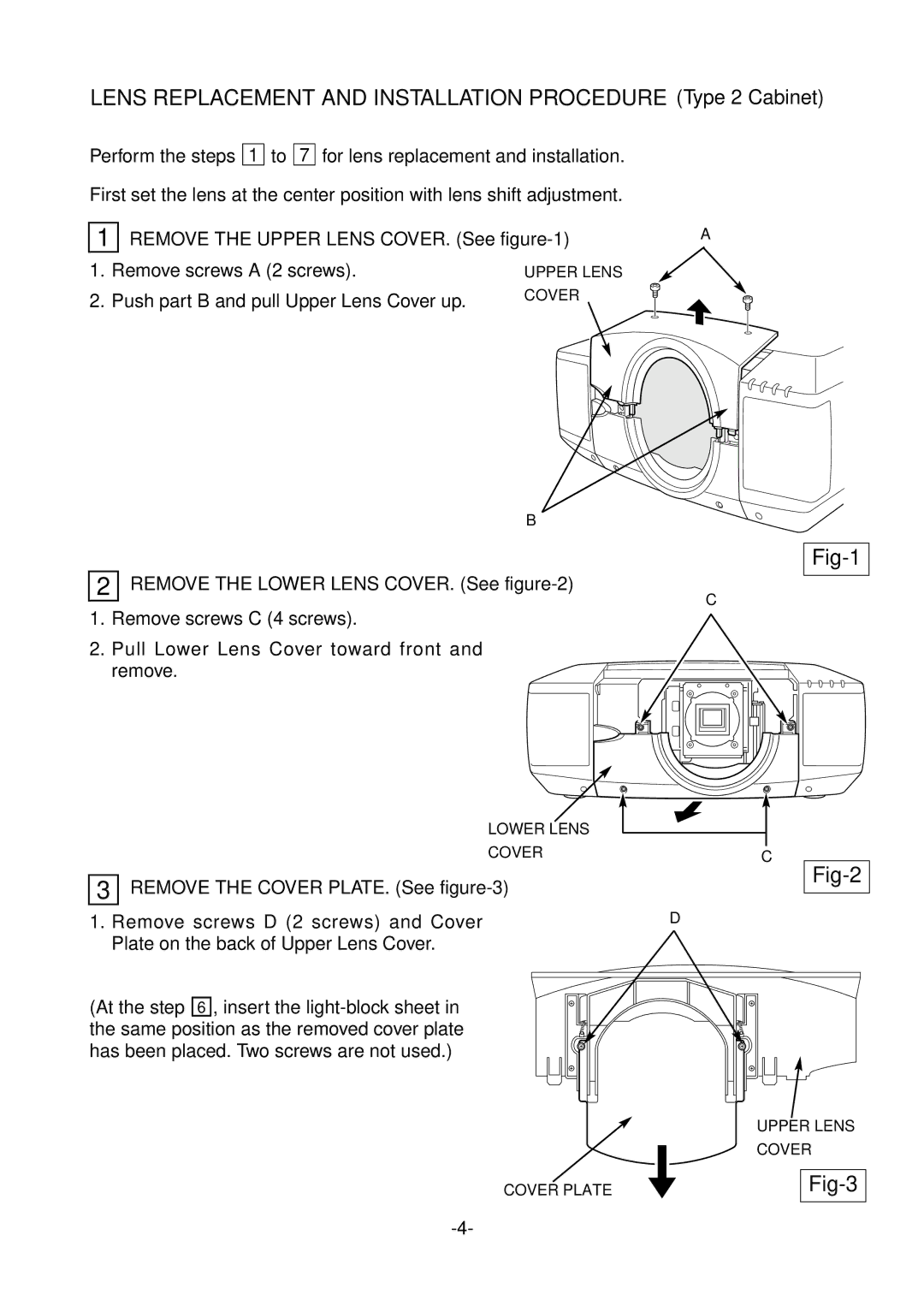LNS-W03 specifications
The Fisher LNS-W03 is a state-of-the-art flow control valve designed for gas and liquid applications in various industrial sectors. Known for its robust design and precision engineering, the LNS-W03 ensures optimal performance and reliability in demanding environments.One of the main features of the LNS-W03 is its exceptional flow control capabilities. The valve employs a unique flow path design that minimizes pressure drops while maximizing flow rates. This characteristic makes it ideal for applications requiring a high degree of accuracy and efficiency. The LNS-W03 is available in a range of sizes and configurations, allowing users to tailor it to specific requirements.
The Fisher LNS-W03 utilizes advanced technologies to enhance its performance. It features a fast-acting actuator that allows for quick and precise adjustments in flow, reducing response times and improving overall system efficiency. This is particularly beneficial in processes where rapid changes in flow control are necessary.
The valve is constructed using high-quality materials that provide durability and corrosion resistance. This is critical in harsh industrial environments where exposure to various chemicals and extreme temperatures is common. Additionally, the LNS-W03 has a low maintenance design, reducing downtime and operational costs.
Another notable characteristic of the LNS-W03 is its integration with smart technology. The valve can be equipped with electronic monitoring systems that provide real-time data on flow rates, pressures, and other vital metrics. This capability allows for better predictive maintenance and operational efficiency, as users can identify potential issues before they escalate.
The Fisher LNS-W03 is designed with safety in mind. It incorporates features such as a fail-safe position and emergency shut-off mechanisms to prevent accidents and ensure safe operation. This commitment to safety makes it suitable for use in critical applications, including oil and gas processing, chemical manufacturing, and water treatment.
In conclusion, the Fisher LNS-W03 flow control valve stands out for its precision, durability, and incorporation of advanced technologies. Its ability to deliver reliable performance in challenging conditions, coupled with its smart technology compatibility, positions it as an essential component in modern industrial flow control systems. Whether used in a manufacturing plant, a processing facility, or any other application requiring meticulous flow management, the LNS-W03 is a valve that delivers superior performance and peace of mind.

